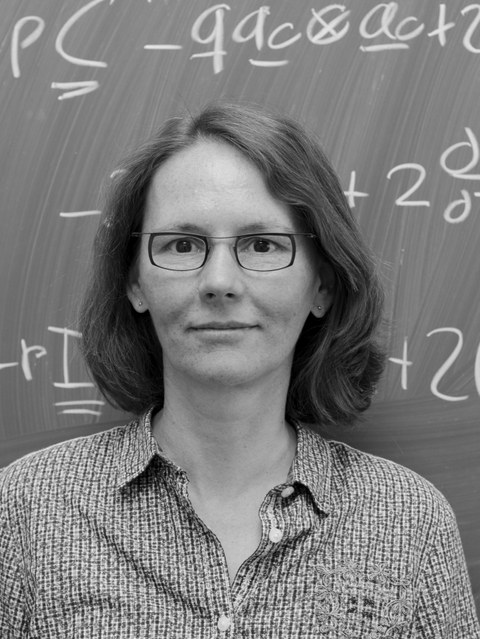Multi-fidelity structural reliability analysis with polymorphic uncertainty - application to fatigue lifetime prediction for structures made of metal foam
Abstract
The representative volume element for heterogeneous materials such as metal foams can be so large that scale separation does not hold. Therefore, the structural analysis cannot be performed with effective material parameters. In this case, only random fields can be determined which represent bounds of the apparent material parameters; the distribution of the material parameters within these bounds is unknown.
The reliability analysis for structures made of such heterogeneous materials must therefore consider p-boxes as input parameters. Methods for reliability analysis with p-boxes are computationally very intensive. In comparison to the already very time-intensive methods for reliability analysis, the solution of the optimization problems in the interval analysis or the variation of the parameters of the distribution function generally adds another iteration loop to the computations and thus increases significantly the computational complexity. Therefore, in order to be able to use these methods in engineering practice, a great challenge is to increase their efficiency. The objective of the project is therefore to develop a suitable efficient method for structural reliability analysis with p-boxes and to apply it to lifetime prediction for structures made of metal foam.
A suitable method for structural reliability analysis with p-boxes must take the uncertain dependencies between the input parameters into account. In order to obtain an efficient method for structural reliability analysis with p-boxes, efficient sampling-based methods must be applied; to further increase efficiency, model hierarchies must be introduced into the analysis. Model hierarchies should not only be generated from a single mathematical model by varying a discretization parameter, but should also consider general model classes, whose information contents increase the efficiency by fusion and filtering. The structural reliability analysis method that is to be developed within this project allows for a consideration of aleatory as well as epistemic uncertainty and is by no means limited to structures made of metal foams. It will be used in the design phase and can be used in the early design phase to investigate the influence of the heterogeneous microstructure geometry on the lifespan of the structure, thereby optimizing process parameters in the production of heterogeneous materials such as metal foams.
In the final design phase, the method is able to represent realistically the uncertainties of the material parameters resulting from the heterogeneity of the microstructure and thus to determine bounds for the lifetime or the probability of failure of the structure. In particular, the time dependence of the material parameters due to damage of the heterogeneous microstructure is considered.
The objective of the project is to develop a suitable efficient method for structural reliability analysis with p-boxes and to apply it to lifetime prediction for structures made of metal foam.
Essential project goals and objectives
- Establish model hierarchies
- Develop methods for reliability analysis with model hierarchies
- Develop methods for reliability analysis with p-boxes
- Carry out fatigue analysis for model foams with model hierarchies involving polymorphic uncertainties

Prof. Weinberg
Prof. Dr.-Ing. Kerstin Weinberg
Universität Siegen
Fakultät IV
Department Maschinenbau

Jonas Kaupp
Jonas Kaupp
Universität Karlsruhe
KIT-Fakultät für Maschinenbau
Institut für Technische Mechanik - Teilinstitut Dynamik / Mechatronik
Carsten Proppe, Jonas Kaupp, On information fusion for reliability estimation with multifidelity models, Probabilistic Engineering Mechanics, 2022, 103291, ISSN 0266-8920, https://doi.org/10.1016/j.probengmech.2022.103291.
Proppe, C. (2021), The moving particles method for reliability estimation: recent advances. Proc. Appl. Math. Mech., 20: e202000295. https://doi.org/10.1002/pamm.202000295
